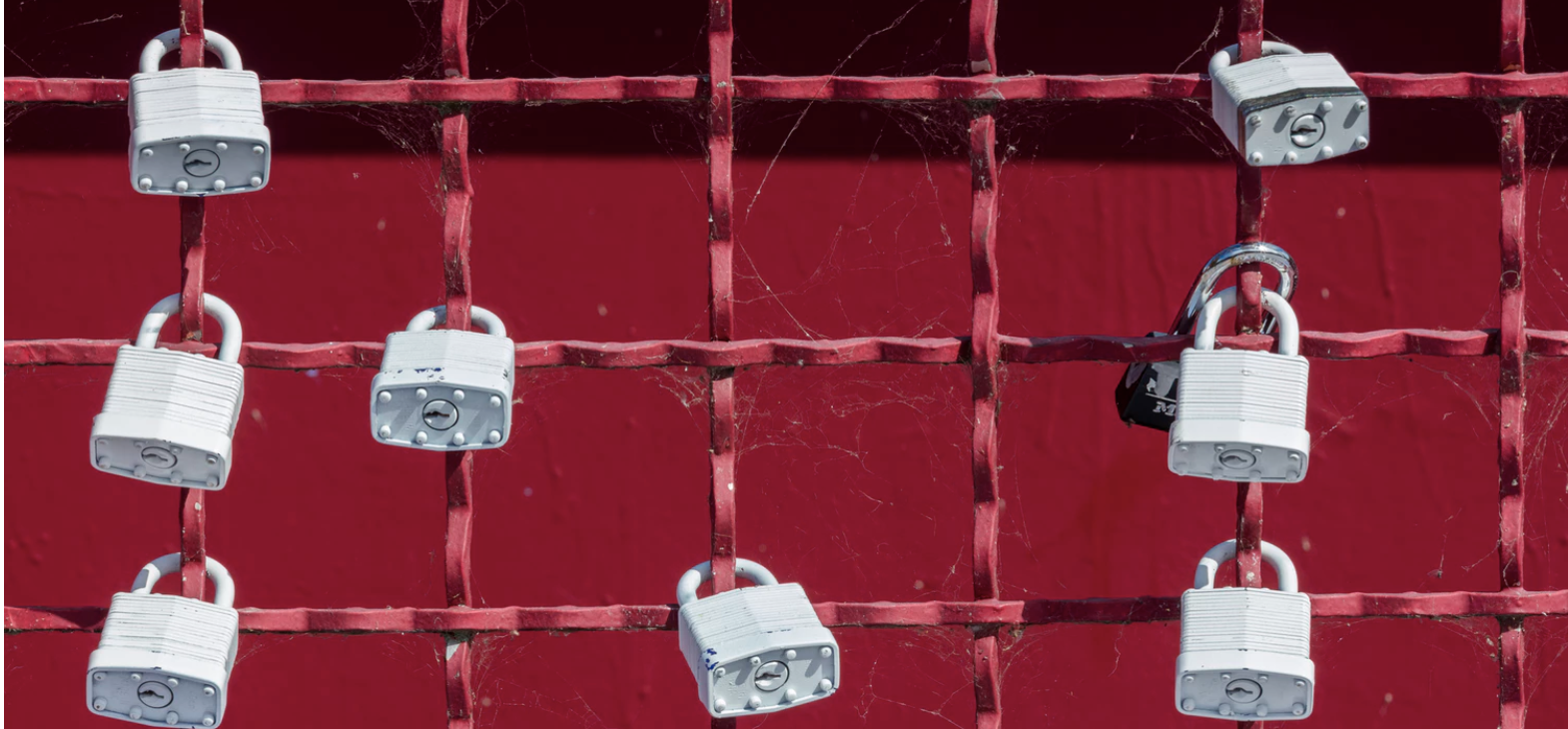After several high-profile hacks of government computer systems, including city, county and state offices and going all the way up to the U.S. Justice and State departments, government agencies have done a lot to step up their cybersecurity systems, but with mass shootings in the news seemingly every week, physical building security needs to be a high priority too.
After the 1995 bombing of the federal building in Oklahoma City, the federal government enacted numerous measures to prevent future attacks. They installed concrete barriers to prevent unscreened vehicles from getting close to buildings. They glazed glass to make sure it wouldn’t shatter. They classified different buildings based on their sensitivity and vulnerability and implemented security measures accordingly. Large law enforcement and judicial buildings were considered more sensitive than, say, a national park office, for example. State and local governments, for the most part, haven’t gone nearly as far, but many of them have taken measures to control access – at least where budgets allow.
The need for security is balanced with the need to keep our government open and accessible to citizens who need access to various government services, particularly at the state and local levels where people need to be able renew driver’s licenses, pay traffic tickets and conduct other business without scheduling appointments or going through background checks.
As awareness has grown, the technology available to protect buildings – and the people in them – also has improved, and many government and private sector building owners have implemented visitor management systems ranging from metal detectors and ID scanners to facial recognition systems. Despite advances in technology, there are still gaps when it comes to keeping buildings safe, not the least of which is awareness of what tools exist and how they can help.
At the most basic level, visitor management systems probably include a sign-in or registration process at the front desk. Guests might get temporary badges to wear on the premises, so people know they are supposed to be there and can tell the difference between visitors and employees with more permanent badges. Guests might have to pass through metal detectors, and security guards monitor the building with surveillance cameras.
For more restricted facilities, access might require a security guard to check the visitor’s driver’s license and/or passports and scan it to ensure it’s valid. Document readers are great for validating ID cards to prevent someone with a fake document from going in, but they are far from the norm. Usually it’s just a human security guard taking a quick look and waving the person past.
Many private organizations have added self-service kiosks that authenticate ID documents and use facial recognition software to ensure the document matches the person presenting it. Others are adding technology that can scan for weapons.
Despite these advances, there are still gaps and a lack of awareness of the options. In school districts around the country, parents are demanding administrators take action, but we don’t see that same pressure applied to government office buildings – at least not yet. Agencies have to weigh the benefits against the costs and complexity of implementing systems that vet visitors, and they have to balance that interest in keeping government open and accessible. The good news is that most of these systems are passive, meaning visitors don’t even notice them.
Presenting your ID for a quick scan is becoming the norm in so many places that stopping at a kiosk to do that probably won’t offend a lot of people. While some are sensitive to the idea of facial recognition, it’s a passive process that doesn’t require people to stop and wait. They can go about their business, and there would only be an alert to security personnel if there’s a problem.
As much as we’d all like to live in a world where these types of measures aren’t necessary, the sad reality is there are people who want to commit violence against others, including the government. And while they might be angry at a faceless government agency, it’s the men and women at front desks or harmless offices that end up on the front lines of these attacks. We have a duty to help protect them.





Thank you for bringing light to the issue of increasing security measures for visitors in government buildings – I agree it’s hard to balance security versus keeping governments open and accessible